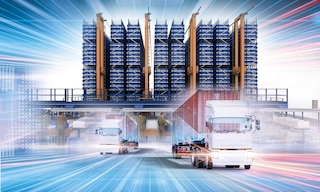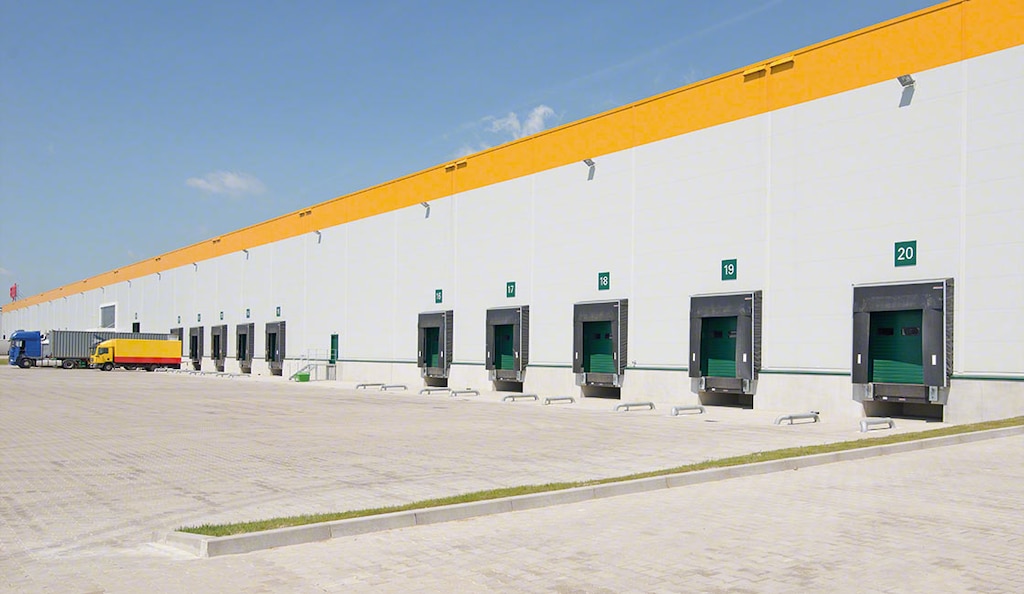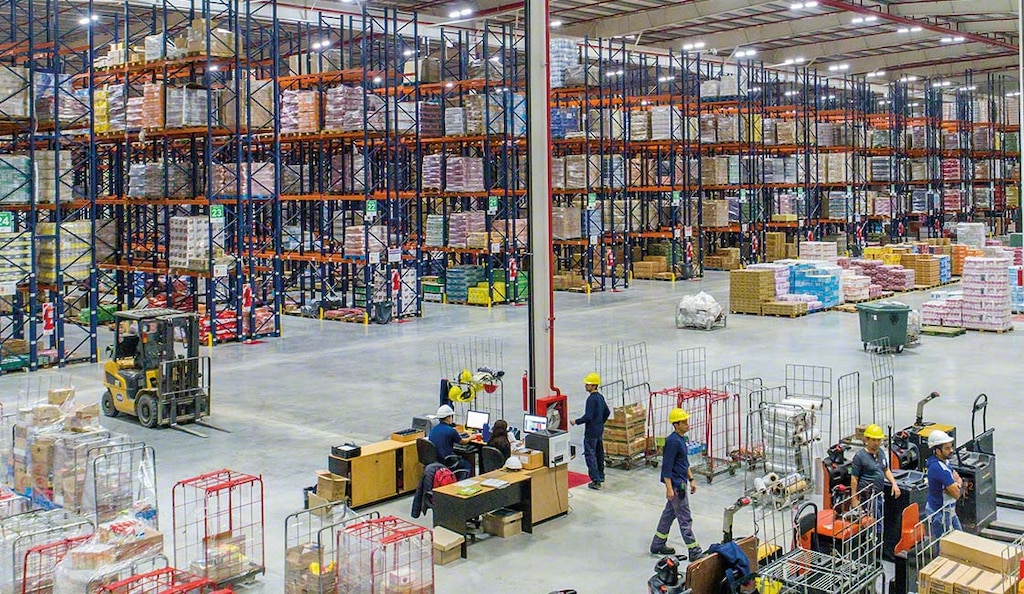
Nearshoring or the benefits of producing close to home
Digitalisation and globalisation are making connectivity between countries simpler by the day. Markets have become interconnected thanks to advancements in transport and the reduction of delivery times. As their products reach farther and farther, numerous companies are choosing to set up production increasingly close to their end customers.
What is the meaning of nearshoring?
Nearshoring is the outsourcing of part of a business’s services to other organisations in neighbouring foreign countries or bringing production closer to the consumer territory. These locations comprise nearby destinations in a similar time zone, facilitating communication and expediting responsiveness and transfers of goods. This strategy is aimed at lowering costs while staying closely aligned with your original market. It shouldn’t be confused with offshoring, where manufacturing is moved to distant countries to economise on processes, often at the expense of proximity.
One of the main objectives of establishing services in neighbouring countries is to maintain fluid communication with work teams. By being closer to your products’ final destination, you’ll have a shorter, more resilient supply chain.
Shifting from offshoring to nearshoring can be beneficial when you have trade agreements with nearby countries. In addition to bringing down transport costs, customs procedures run more smoothly and goods are moved efficiently. Adopting this strategy — i.e., bringing production centres closer to final consumers without sacrificing international trade — shortens delivery times and boosts competitiveness.

From industrial offshoring to deglobalisation
For years, numerous companies relocated or outsourced their production centres thousands of miles away (particularly to countries such as China, Brazil and India). But that trend has begun to reverse. Businesses that once left their regions of origin are now returning to their home continents. This could result in a market with less reliance on industrial hubs. So, the term nearshoring stems from the once more widespread concept of offshoring.
Example: the case of Mexico
One of the countries that has gained the most from nearshoring in recent times is Mexico. US and Canadian companies are moving part of their services to their southernmost neighbour, entailing benefits for both parties. Mexico, on the one hand, receives more industry and skilled jobs, which is a boon to its economy. Likewise, its neighbours to the north can access customer service in English and Spanish and are geographically close (generally less than 4 hours away by plane).
US and Canadian organisations that have set up shop in Mexico cite cost reduction, talent and lack of necessary equipment as the main reasons for relocating some of their business activities. According to Mexico’s Ministry of Economy, in 2022, the country drew in more than $35 billion in foreign direct investment, up 12% from 2021. Simultaneously, Mexico is attracting investments from Chinese enterprises looking to trim costs by bringing their production closer to the American market.
Nearshoring and reshoring
Moving production closer to consumer destinations has become more noticeable in the wake of the Covid-19 pandemic and can take two forms. Nearshoring companies decide to manufacture near their original location from the beginning. However, if production starts in a distant location (offshoring) on another continent and is brought back to the area of the original market, it is referred to as reshoring or back shoring.

Organisations often find it more cost-effective to move manufacturing to distant, developing countries. Nevertheless, this can also lead to a loss of control due to the distance. Therefore, nearshoring is becoming an increasingly popular option.
What are the benefits of nearshoring?
Businesses bring services and processes closer to neighbouring countries for several reasons. These are some of the advantages of agile nearshoring:
- Supplier diversity. Branching out close to your borders allows for a broader range of suppliers and can prevent future issues in the supply chain. Additionally, it facilitates more frequent contact with suppliers.
- Reduced transport times and costs. When your central office and subcontracted companies are located in the same geographical area, deliveries are faster and more cost-effective. This also has environmental advantages, promoting the use of less polluting means of transport.
- Better market understanding. Closer proximity and fewer cultural differences make it easier to change strategies and tailor your offerings to demand.
- Improved control over the legal environment. Labour and commercial regulations in neighbouring countries are more similar, avoiding complications in international expansion.
- Access to more talent. Countries facing labour shortages may find workers in nearby regions. Furthermore, the presence of multiple foreign companies in certain areas can give rise to the formation of sectoral clusters, helping to create skilled workforces.
- Similar time zones. Organising and managing business activities is much simpler, as the production centre and local market share the same time zone. This allows for phone calls and meetings throughout the workday, streamlining communication between all parties involved.
Before making the move to outsource part of your manufacturing operations to a nearby foreign country, it’s advisable to have full control over the resources located in your country of origin. A warehouse management system combined with automated warehousing technology can optimise your company’s logistics operations, getting you ready to expand abroad.
At Mecalux, we specialise in implementing intralogistics solutions for regional warehouses, central facilities and those combined with production centres. Be sure to get in touch. We’ll show you how you can enhance your logistics processes.
